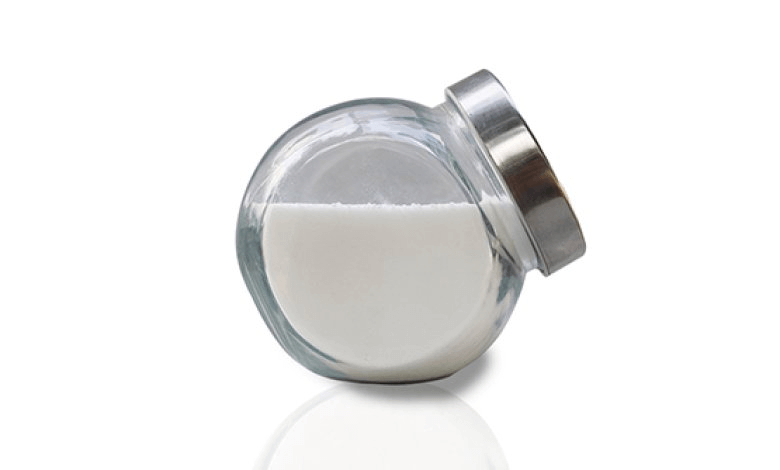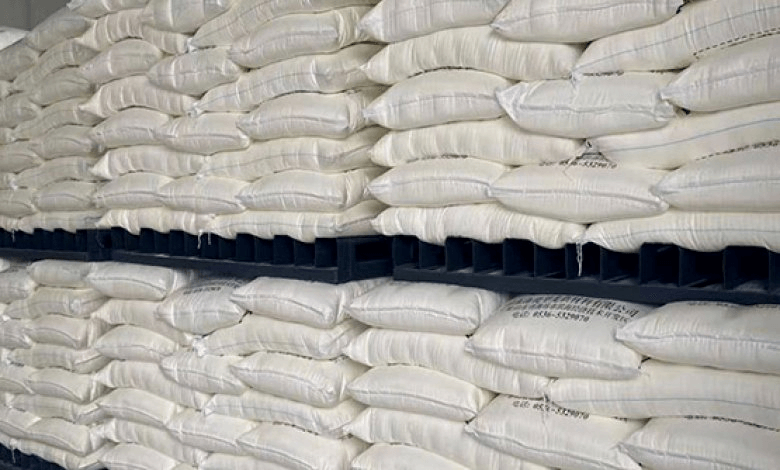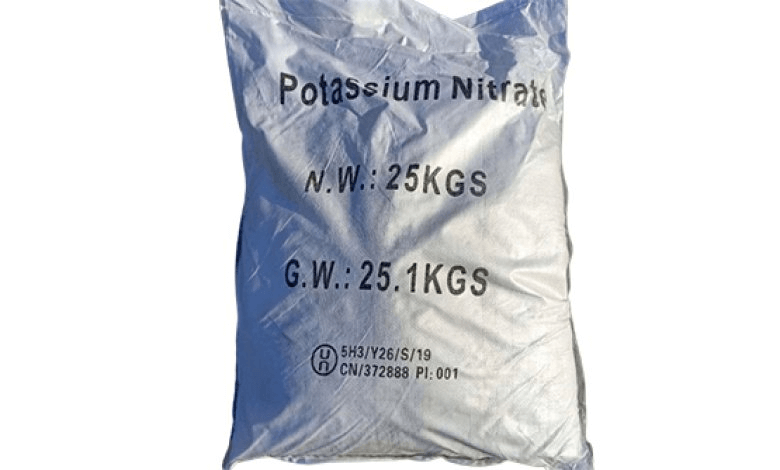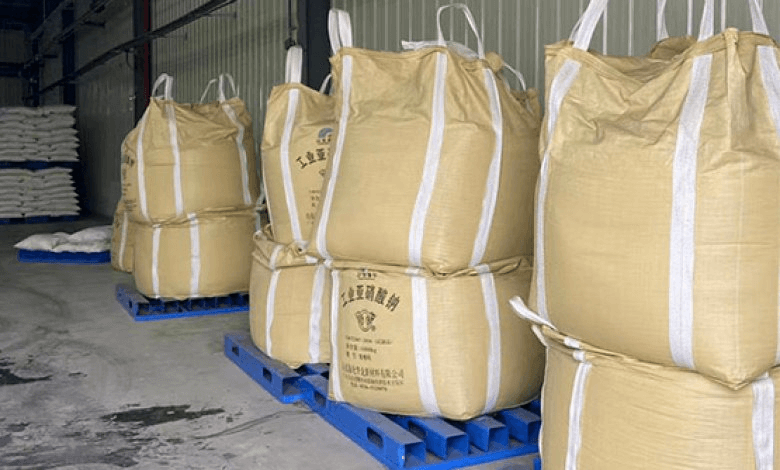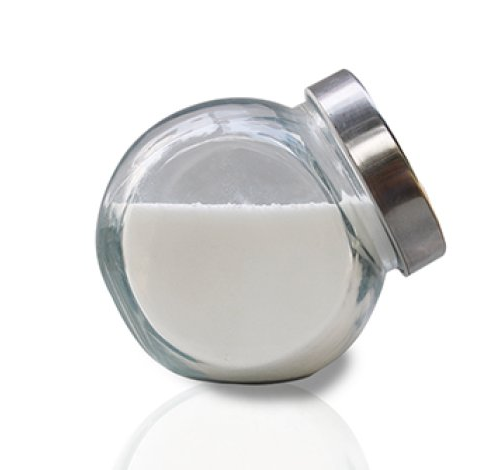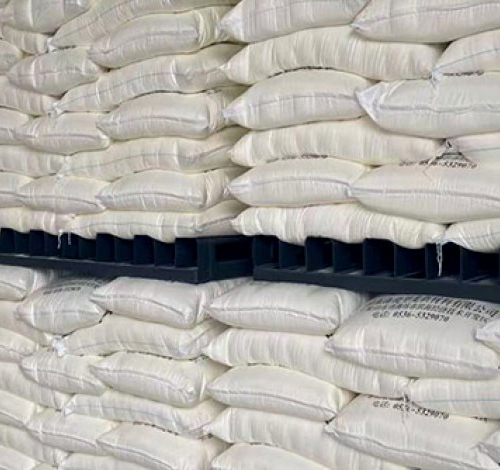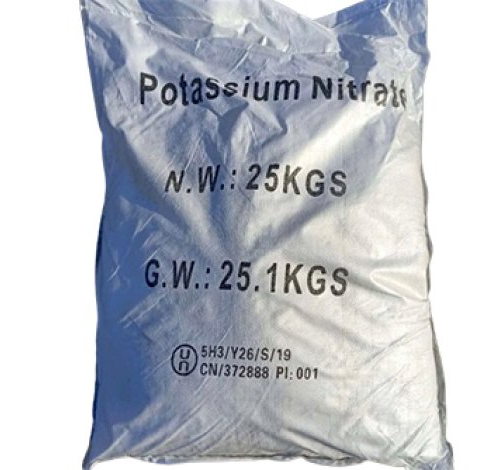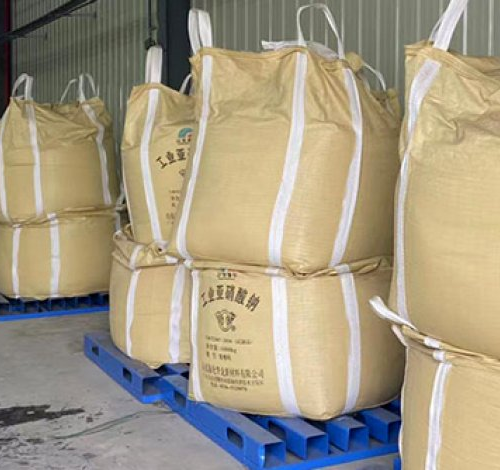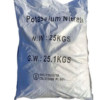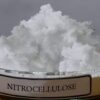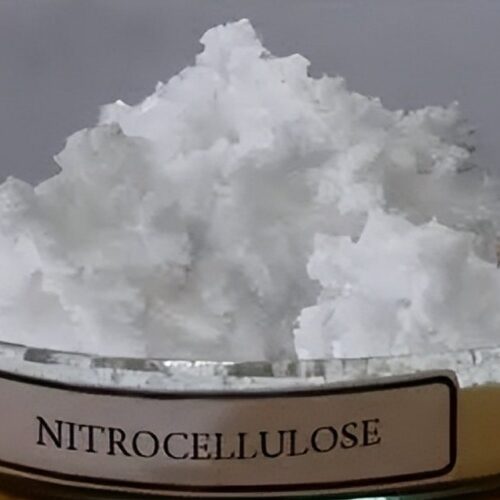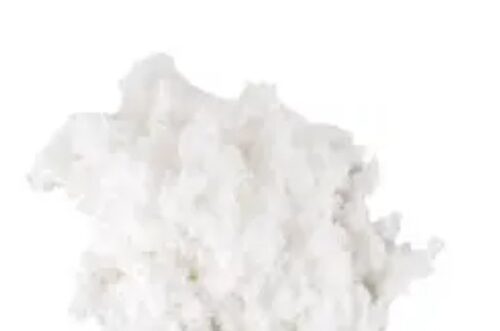Potassium nitrate, an inorganic compound commonly known as fire saltpeter or earth saltpeter, has the chemical formula KNO₃. It is a potassium nitrate salt that typically appears as colorless, transparent rhombohedral or diamond-shaped crystals, but may also be white granules or a crystalline powder. It is odorless, with a salty, cooling taste. It absorbs very little moisture in the air and does not easily clump. It is readily soluble in water, liquid ammonia, and glycerin, but insoluble in anhydrous ethanol and ether.
Potassium nitrate is a chlorine-free, nitrogen-potassium compound fertilizer with high solubility. Its active ingredients, nitrogen and potassium, are rapidly absorbed by crops, leaving no chemical residue. As a fertilizer, it is suitable for vegetables, fruits, and flowers, as well as some chlorine-sensitive crops (such as potatoes, strawberries, beans, cabbage, lettuce, peanuts, carrots, onions, blueberries, tobacco, apricots, grapefruit, and avocados).
Potassium nitrate is a strong oxidizer. Contact with organic matter can cause combustion and explosion, and it produces a toxic and pungent odor. Therefore, potassium nitrate should be stored in a cool, dry place, away from fire and heat sources. Avoid storing or transporting it together with reducing agents, acids, flammable materials, and metal powders [1].

